Project Preview: Mexico stadium will build bridges, not walls
TheStadiumBusiness Design & Development Summit has become the world’s largest gathering of project delegations involved in the design, construction, refurbishment and management of major sports venues.
With more than €10bn worth of construction already confirmed in attendance on 27-29 Nov in Barcelona, we present exclusive insight into some of the projects showcasing at the meeting.
Monterrey International Stadium has been several years in the pipeline, but supporters of the project are now hopeful that the development will finally be given the green light before the end of the year.
Speaking ahead of his appearance at TheStadiumBusiness Design and Development Summit in November, where he will reveal further details about this unique project, Monterrey International Stadium chief executive César Esparza expressed optimism that the stadium could open in 2020 following a 30-month construction process if, as hoped, the development receives the final approval from the Mexican government in the next two months.
“The focus now is on the one key approval that is outstanding – from the federal government,” Esparza said. “We are in the very final stages of the process, but we have been at that stage for the past two years.”
According to Esparza, some of the more conservative politicians are “nervous” about the ambitious nature of the design of the 72,000-capacity facility by Rod Sheard, Founder and Senior Principal, Populous. However, he added that the stunning setting is what will make the stadium one of the world’s most iconic sports venues.
“The architecture is amazing as the stadium will sit on a bridge that will go over a river,” he said. “It’s a beautiful concept and a perfect metaphor to build bridges and closer relationships while others want to put up walls.
“The stadium will be located right next to two parks and the hydraulics required for the development would work perfectly.
“There are other possible locations for a stadium in Monterrey, such as the site of an old railway station. However, nothing would look as incredible as the planned site on the bridge.”
One unintended silver lining of the delays that have held the project back is that those behind the development have been able to fine-tune the design, incorporating the latest technology and new facilities.

Rod Sheard’s design proposal is “based in a rehilete, symbol of Mexican festivities. The outside texture of the stadium resembles a basket knitted by native Mexicans: This evokes the roots of our pre Hispanic culture. Rehilete and basket are built by eight overlap flowing leaves which symbolize the fans movement when they cheer up using the “Ola Mexicana” (the wave).” More on the design here.
“A lot of new ideas have been developed,” Esparza said.
“In most Mexican sports venues, you can’t connect to the internet. However, we want to make the stadium like a living room, in which friends can go and watch a game together and make connections. We are also going to have a huge screen that will be used to show important away games.
“Additionally, security will be very important, and that is a challenge that has evolved over recent years. We want to have the most secure venue possible, so there will be a lot of cameras facing the stands. If someone spills a drink, we’ll be able to know straight away, so we will be aware of any misbehaving – something that unfortunately there is a history of in Mexico.
“The stadium will be next to a convention centre and shopping mall. After the stadium opens, separate entities will operate the stadium and the other real estate on the site.”
The projected cost for the whole project will be $520m, with the real estate operational revenues raising funds for the development, as well as a loan. The stadium project management team has worked with International Stadia Group on formulating a business plan for the development.
Another key partner is Monterrey-based cement producer CEMEX, which owns Tigres, the local football club that is planning to call the stadium its home, along with the national team.
“It will be the most important stadium in Mexico,” Esparza said. “The Azteca Stadium in Mexico City has been Mexican football’s national stadium, but it is 50 years old this year. Mexico needs a new national stadium and it won’t be in Mexico City.

“Also, Mexico is bidding to co-host the 2026 Fifa World Cup, along with the United States and Canada. Mexico would host 10 games, so they would be another opportunity for Monterrey.”
Football though will not be the only sport on offer at the stadium.
Monterrey is only a two-hour drive from the heart of Texas in the US and the American influence will be embraced, if all goes according to plan.
The stadium operators have been in long-term, positive discussions with North America’s Major League Baseball and the NFL American football league. The prospect is for two or three NFL games to take place at the stadium per year, as well as 12 MLB match-ups per season.
“I have regular talks with the leagues and they basically just want the project to be up and running,” Esparza said. “The long-term plan would be to have an NFL franchise based at the stadium.
“There is a need for an NFL stadium in Mexico. Monterrey is a very close to the US border and there is a culture in the city that the locals follow a lot of American sports.”
Monterrey will also provide an opportunity to engage with local spectators who have, on average, more disposable income than those in Mexico City.

“Monterrey is not the capital, but it is the richest city in Mexico – like Milan in Italy and maybe Barcelona in Spain,” Esparza said. “It’s a political and economic centre with by far the strongest sports and entertainment market.
“A ticket for a football match in Monterrey can cost $50, but in Mexico City it can cost less than $4 for a game in the top division. So, you can charge $100 per ticket for an NFL game in Monterrey, for example, and the hospitality opportunities are obvious.”
Above all, according to Esparza, the development is needed if Mexico – and Mexican sport – is to improve its image around the world.
“We believe that this is something that would benefit the Mexican brand and the country as a whole,” he added.
“Mexico has the ninth largest economy globally, but people don’t realise that because ‘brand Mexico’ is ranked at number 65 in the world. We want to help improve that ranking very quickly.”
Meet César (alongside 50+ global stadium projects) at the Summit, 27-29 Nov. Register here.
Images: Monterry International Stadium website
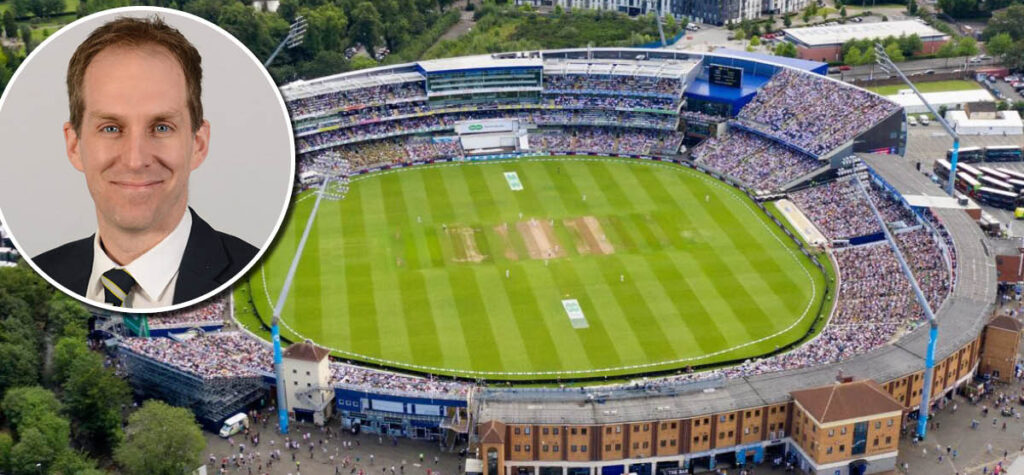
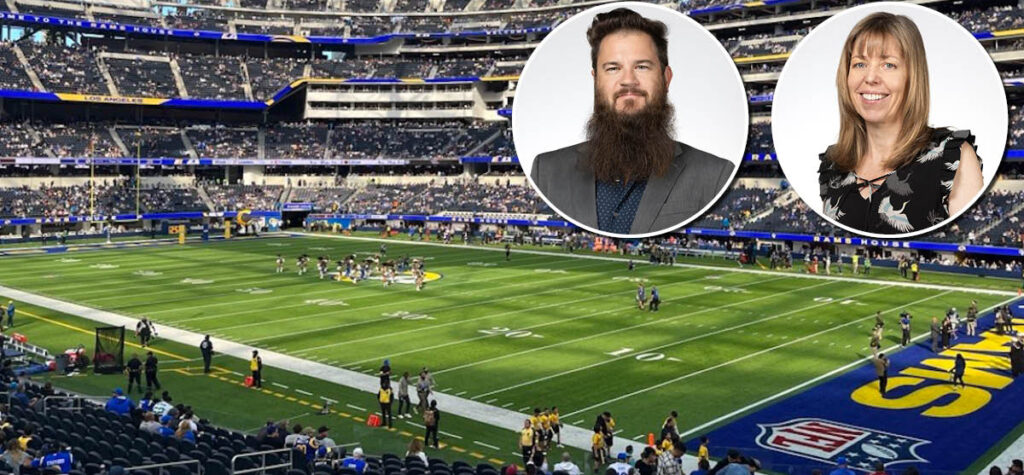
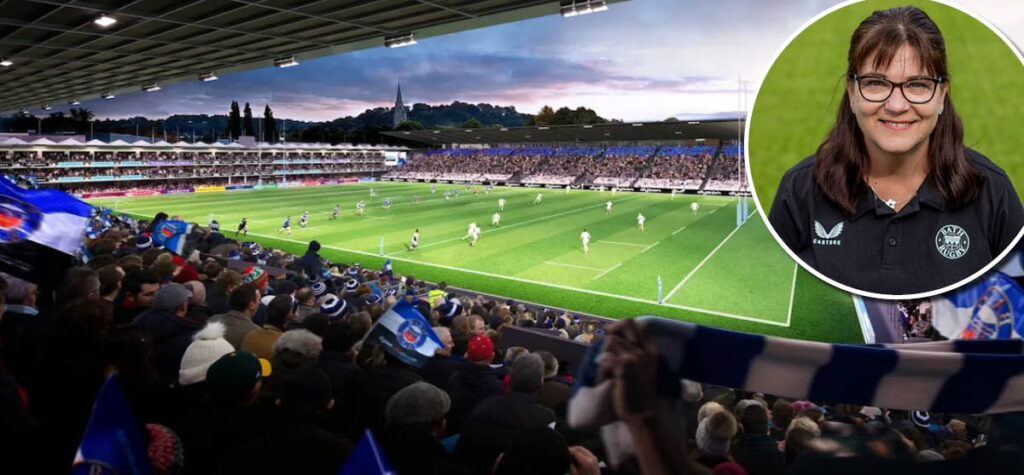
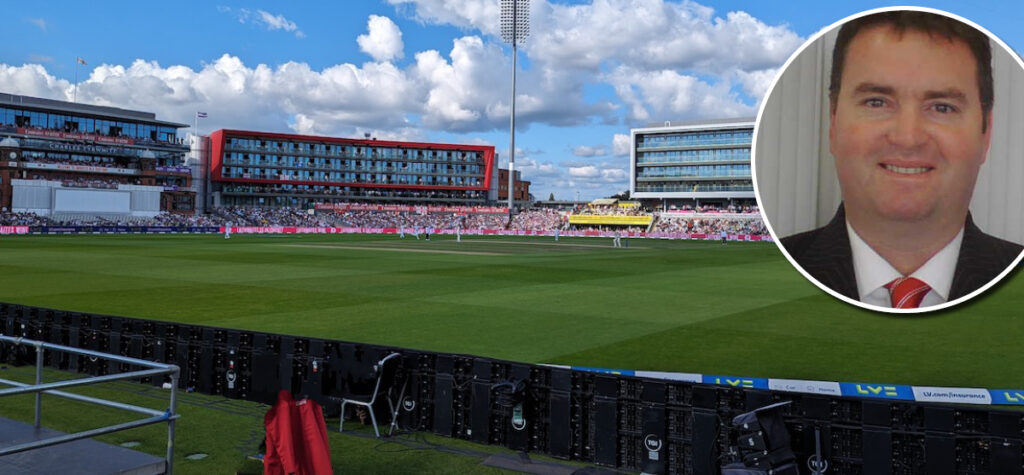

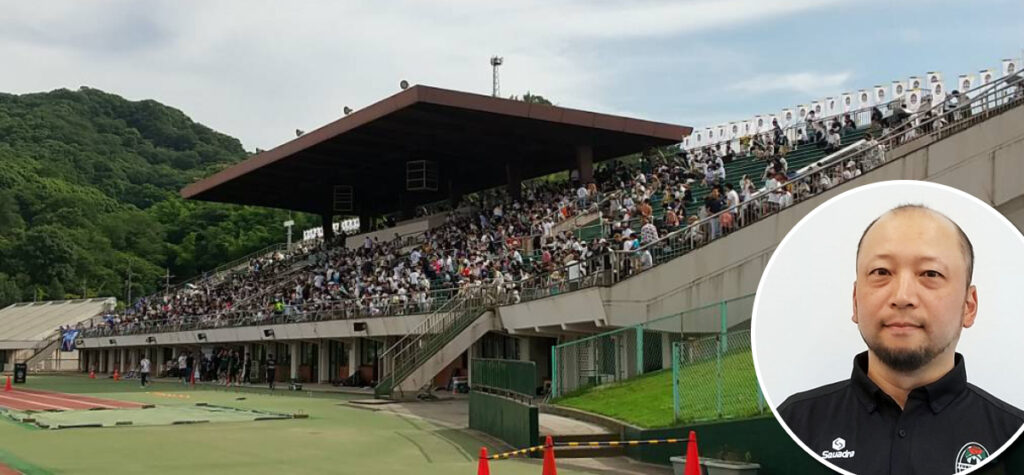
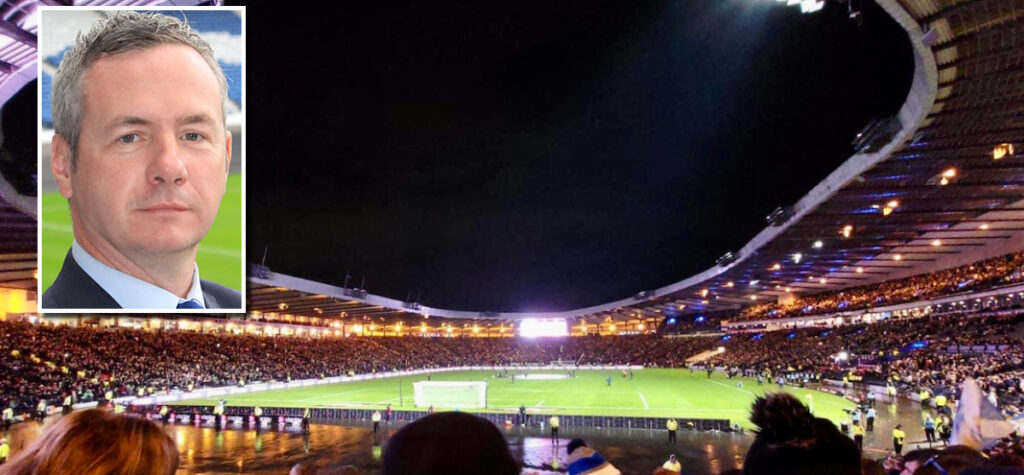
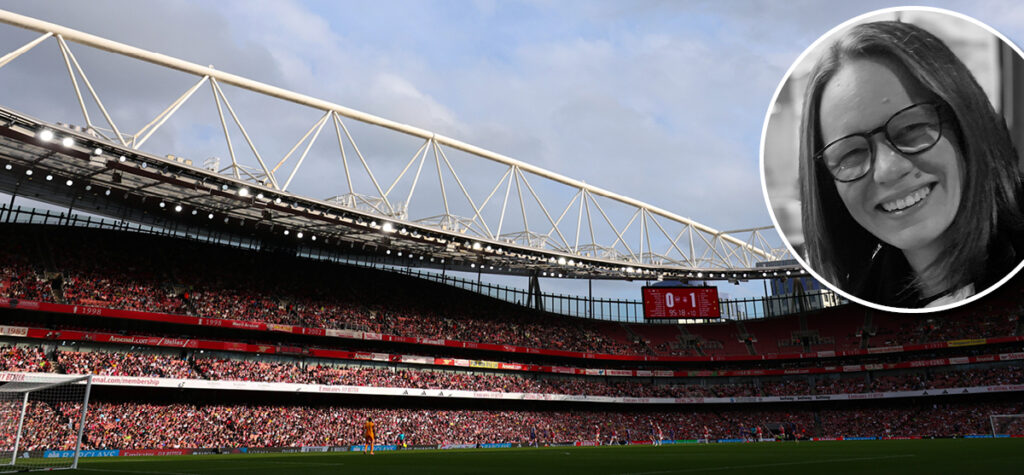
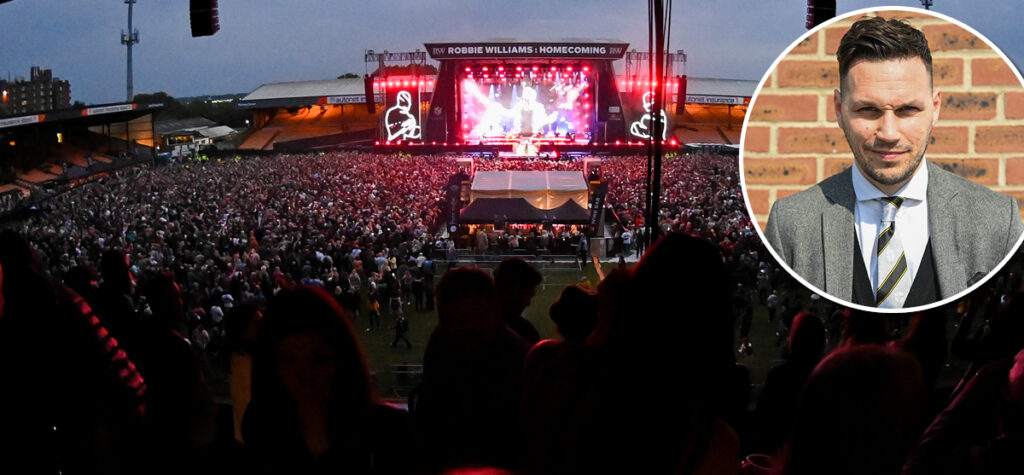
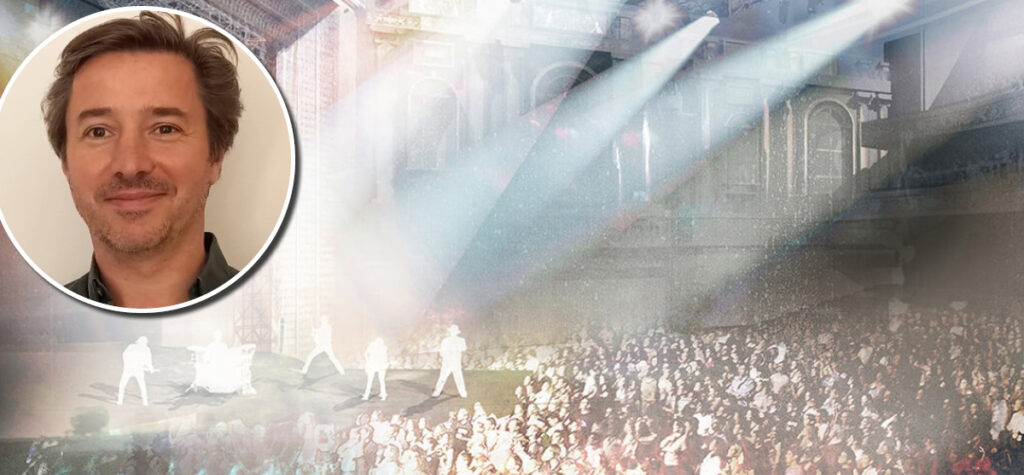
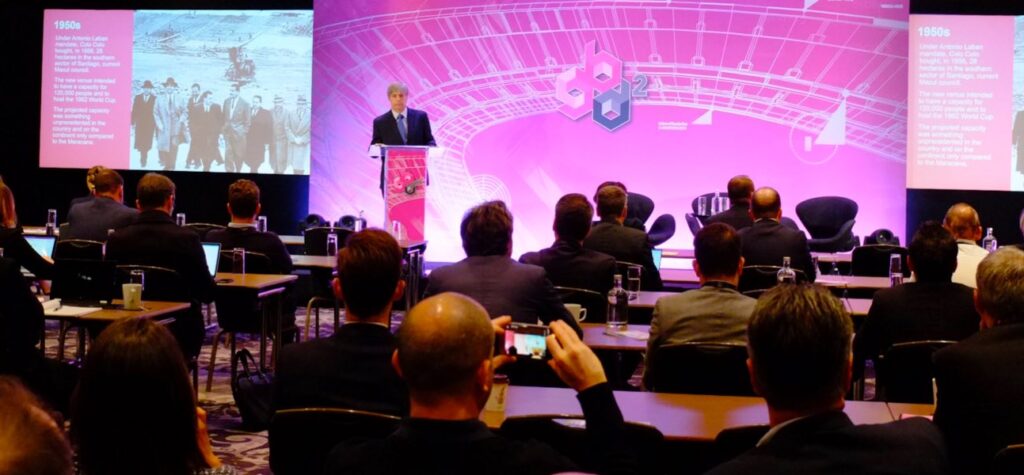
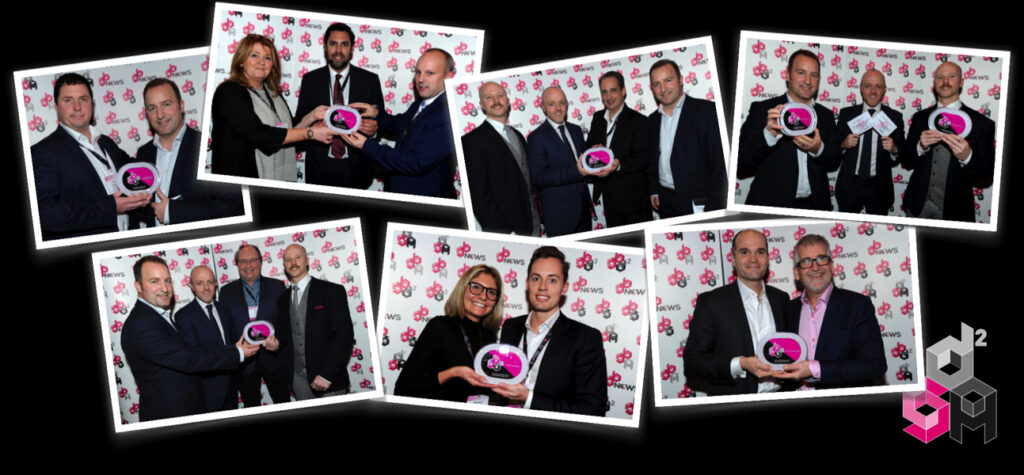

Share this